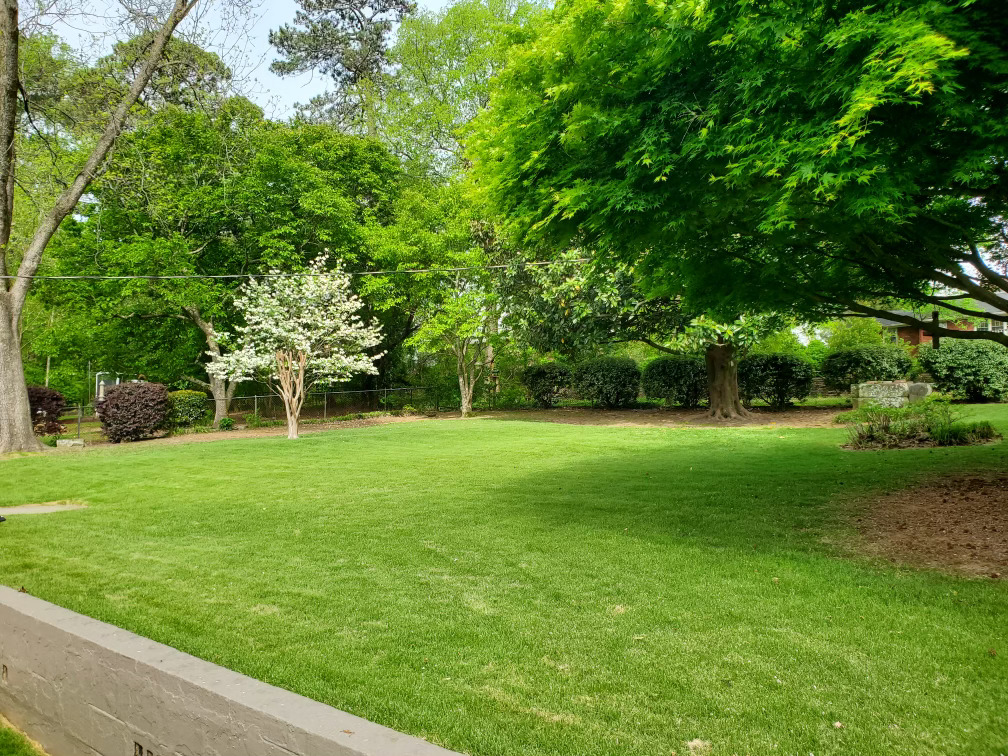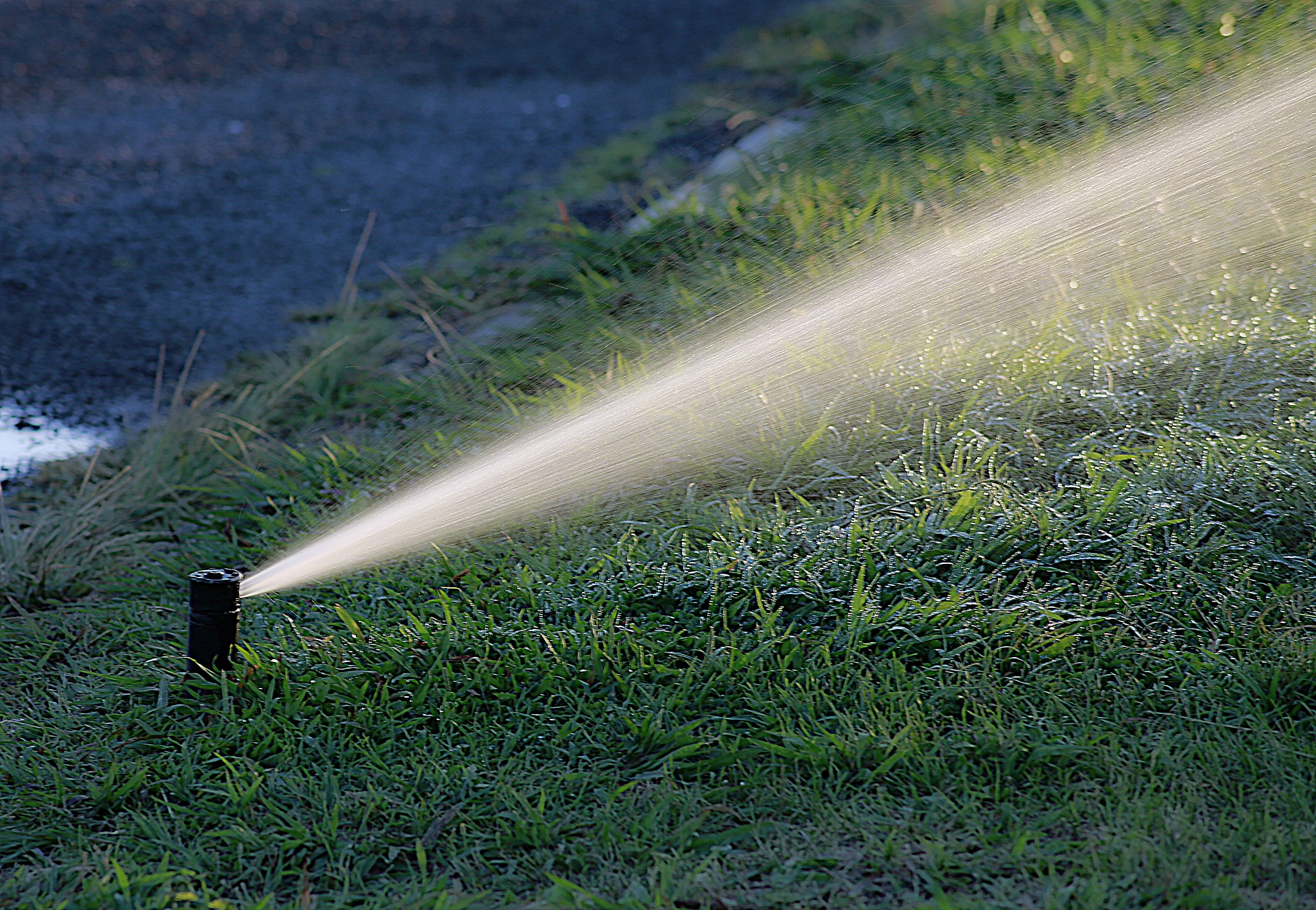Lawn Tips
Most all Lawn Care items fall into one of the following categories. From Establishment to Mowing or Watering. We will follow the example of a new lawn being established and cared for over the course of a season and list the things that may need to be done.

Establishment
This brings up an important point, measure the square footage of your lawn accurately and write it down. Every thing you do in lawn care will ask for how large the lawn is. Spread the seed with a spreader of any type, do not use your hand and just throw it around, you won’t get even coverage. Spread the seed using half of the required amount spreading it in one direction, use the other half spreading the opposite direction creating a cross hatch pattern on the lawn. This way you are assured of getting even coverage. After spreading the seed take a drag of any type, a piece of chain link fence, a board with a rope tied to it, or what ever you can drag behind your mower. Drag the lawn, this will push and drag seed into the holes you created and break up the little plugs of soil that the aerator left on the ground, it will cover up most of the seed giving much better germination and a thicker lawn. After dragging, spread a starter fertilizer, this can be done first if you want, it really doesn’t matter. A starter fertilizer has a higher middle number than first and last numbers. (More Phosphate) For complete explanation on what the numbers mean on fertilizer bags, how they affect grass and what micro-nutrients grass also needs, refer to our Lawn Care Manual. You will need to put down 8 pounds per thousand square feet of a 6-12-12 or 4 pounds per K of a 6-24-24. This will give the ground the nutrients needed to germinate and start a turf lawn, thus the name “starter fertilizer”. After about a month the new grass will start to yellow off some or maybe turn pale green, this is showing you that it is time to fertilize again. Apply 6# per K of 15-15-15 this will provide the nitrogen for green and growth and phosphate and potash for root growth and overall vigor. After the grass is about 3 weeks old you should be able to start mowing. CUT IT HIGH!!! Refer to the section on mowing for more. Fertilizing will also need to be done on a regular schedule. Refer to Fertilizing for a complete schedule. If you have a new home and this is the first lawn a few things are different. Mainly you will have to do clean up and get the proper grade before working on seeding. Once this is done you will have to till up the ground to make a soft seed bed. After tilling fertilize, and seed just as described above using the same amount of seed. After this you will have to cover the entire lawn with straw. Shake out straw to cover approximately 50% of the soil from view. After done you should be able to look down and still see about half of the soil showing through the straw, no more. This equates to about 100 bales per acre. After your done strawing it’s time to start watering. Soak the lawn until runoff the first watering, followed by daily waterings of sufficient length to keep the soil wet. If it dries out, the seed won’t germinate.
Fertilizing


Proper Mowing
Watering

Weed Control
GET A QUOTE
Contact US
Contact us for a greener yard.
LawnGuard
(205) 683-6933
1509 US Highway 11 Trussville, Al. 35173
Monday 7:00am – 6:00pm
Tuesday 7:00am – 6:00pm
Wednesday 7:00am – 6:00pm
Thursday 7:00am – 6:00pm
Friday 7:00am – 6:00pm
Saturday Closed
Sunday Closed
Monday 7:00am – 6:00pm
Tuesday 7:00am – 6:00pm
Wednesday 7:00am – 6:00pm
Thursday 7:00am – 6:00pm
Friday 7:00am – 6:00pm
Saturday Closed
Sunday Closed

